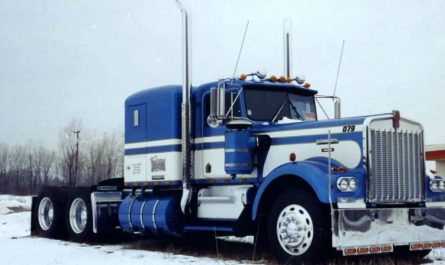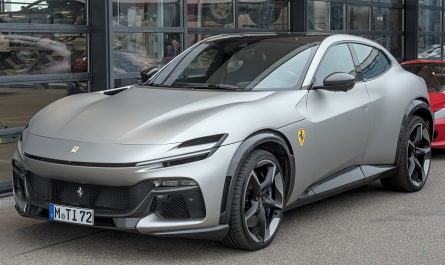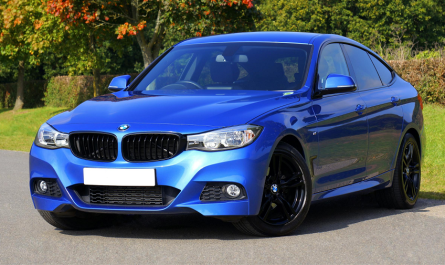Introduction
The Ferrari F40 is a timeless masterpiece, regarded as one of the most legendary supercars ever created. It perfectly embodies Ferrari’s pursuit of unmatched power, speed, and design, representing the pinnacle of performance and engineering. In this blog, we dive into why the Ferrari F40 is hailed as a symbol of automotive excellence. From its iconic design to unmatched performance, the F40 is often the crowning jewel of Ferrari’s illustrious history.
Specification Ferrari F40
| Model | Ferrari F40 |
| Production Year | 1987-1992 |
| Engine | 2.9-liter twin-turbocharged V8 |
| Horsepower | 471 HP |
| Top Speed | 201 mph (324 km/h) |
| 0-60 mph Acceleration | 4.2 seconds |
| Transmission | 5-speed manual |
| Body Material | Carbon fiber, Kevlar |
| Curb Weight | 2,425 lbs (1,100 kg) |
| Drivetrain | Rear-wheel drive |
| Fuel Type | Gasoline |
| Price (original) | $400,000 (approx.) |
| Designer | Pininfarina |
| Legacy | Fastest production car at the time |
The History of the Ferrari F40
Introduced in 1987, the Ferrari F40 was born to celebrate Ferrari’s 40th anniversary, marking a milestone in the brand’s rich history. Enzo Ferrari, the visionary behind the marque, sought to build a car that would be a living tribute to Ferrari’s racing legacy. The F40 was a road car at heart but was deeply inspired by Ferrari’s race cars, lightweight construction with a potent twin-turbocharged V8 engine. This combination resulted in a car that redefined automotive performance and became an enduring icon.
Design and Styling
One look at the Ferrari F40 confirms that this car was built with a purpose and a dream. Its aggressively attractive design, low-slung body, sharp contours, and elegant rear body, set it apart from other supercars of its era. The F40’s aerodynamic design wasn’t just for looks—it was made to move downwind with the least amount of resistance, increasing its acceleration and handling.
The F40’s body used advanced materials, including carbon fiber and Kevlar, making it extremely light and incredibly strong. These advanced materials were rare in production cars time, allowing Ferrari to push the boundaries of performance, making the F40 one of the fastest cars of its generation.
Performance and Engine
Under the hood, the Ferrari F40 is powered by a 2.9-liter twin-turbocharged V8 engine that delivers an astonishing 471 horsepower. For a car released in the late 1980s, these numbers were revolutionary. The F40 could rocket from 0 to 60 mph in just 4.2 seconds, a top speed of 201 mph, making it the fastest production car in the world at the time of its release.
The performance F40 is further amplified by its lightweight design, which gives the car an exceptional power-to-weight ratio. Ferrari stripped the F40 of any non-essential features, focusing purely on performance. The absence of luxuries and the raw, unfiltered driving experience made the F40 a favorite among purists who craved the thrill of driving a no-nonsense supercar.
Legacy and Impact
Since its debut, the Ferrari F40 has firmly secured its place as one of the greatest supercars ever built. The perfect fusion of advanced technology, groundbreaking design, and exhilarating performance has cemented the F40 as a timeless classic. Car enthusiasts and collectors continue to celebrate the F40 for its unrivaled driving dynamics and its legendary status in the world of high-performance cars.
One of the F40’s unique distinctions is that it was one of the last cars personally overseen by Enzo Ferrari before his passing, which adds to its mystique. Today, the F40 remains highly sought after, with auction prices frequently reaching millions of dollars, reaffirming its status as a prized piece of automotive history.
Conclusion
The Ferrari F40 is more than just a supercar; it is a testament to Ferrari’s relentless ambition to push the limits of automotive design and engineering. Its raw, unadulterated power, lightweight build, and minimalist approach to luxury make it a standout even among the finest cars of its time. As a historical landmark in Ferrari’s legacy, the F40’s extraordinary performance and design its place as one of the greatest Ferraris ever made.


